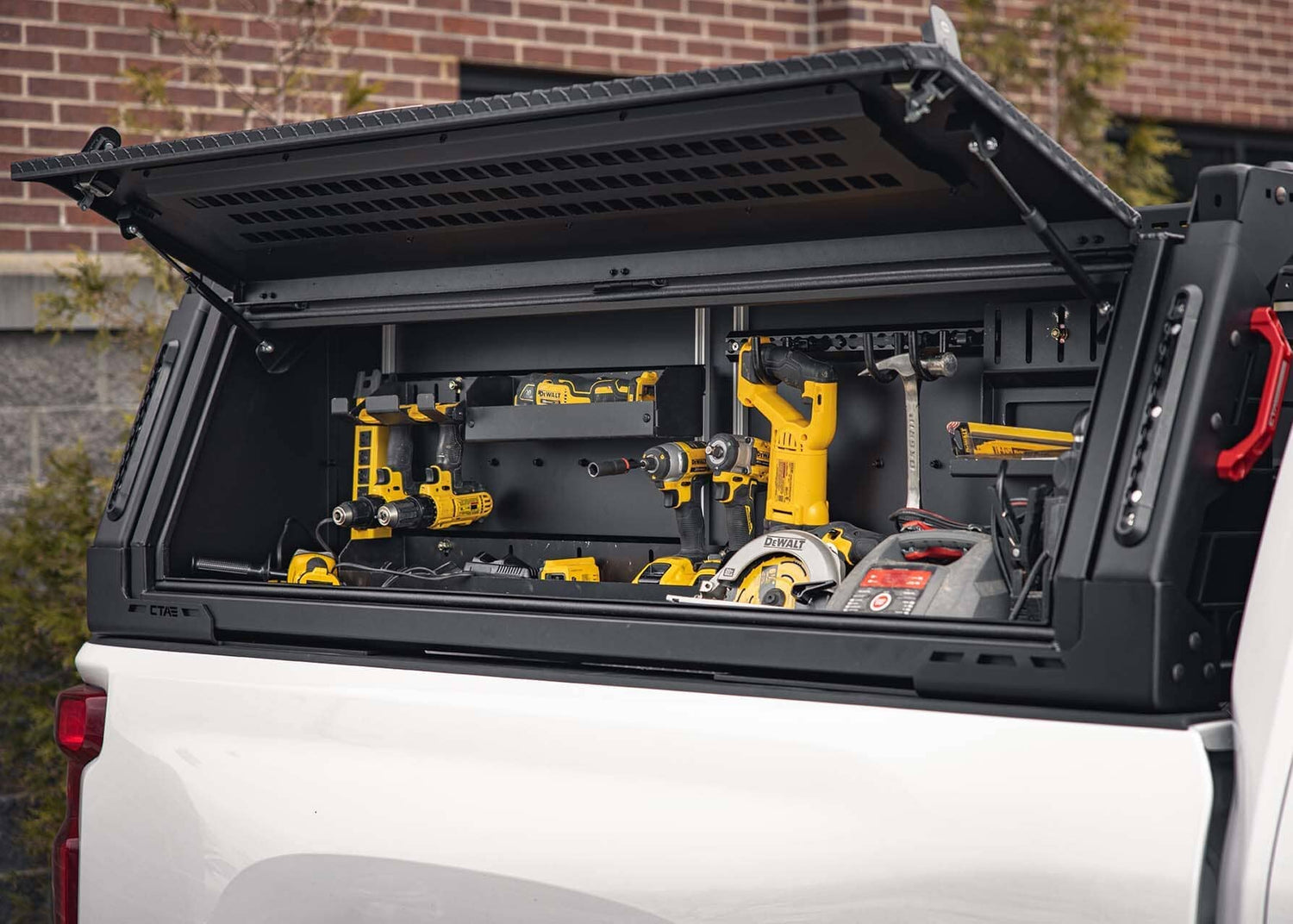
When it comes to protecting your truck cab and maximizing cargo storage, two popular options stand out: the back rack for truck and the headache rack. While both serve similar purposes, they have distinct differences that cater to different needs. If you're unsure which option is best for your pickup, this guide will help you understand the key differences and choose the right one for your truck.
What is a Back Rack for Trucks?
A back rack for a truck is a metal frame that mounts to the back of your truck cab. It provides a sturdy platform for securing cargo, preventing it from sliding into the cab while driving. Back racks for pickup trucks are typically made from durable steel or aluminum, offering both strength and versatility.
Benefits of a Back Rack
- Cargo Security: Keeps loads in place and prevents items from damaging your truck cab.
- Compatibility with Accessories: Many back racks are designed to work with a tonneau cover, allowing you to protect your gear from the elements.
- Versatility: Whether you're carrying ladders, tools, or recreational gear, a back rack offers an adaptable solution.
- Ease of Installation: Most back racks for trucks are easy to install and can be customized with additional accessories.
- Aesthetic Appeal: Many truck owners choose back racks for their sleek, minimalist look that complements the vehicle's style.
- Resale Value: Installing a back rack can increase your truck’s resale value by adding functionality and protection.
What is a Headache Rack?
A headache rack is a protective barrier installed behind the truck cab to shield the driver from shifting cargo. A pickup truck headache rack is designed to provide added protection, often coming with mesh or bars that prevent objects from crashing through the rear window.
Benefits of a Headache Rack
- Enhanced Safety: Shields the driver and passengers from sudden cargo movement in case of an abrupt stop.
- Customization Options: Many models come with features such as a headache rack with lights, making it easier to see at night.
- Increased Durability: Built with heavy-duty materials for long-term performance.
- Additional Storage: Can be used to mount tools, lights, and other accessories, enhancing the truck's functionality.
- Towing Readiness: A headache rack adds stability when towing trailers by helping to manage weight distribution.
- Weather Protection: Some headache racks include panels or covers that shield the cab from rain, snow, and debris.
Key Differences Between Back Racks and Headache Racks
Although both racks provide rear protection and storage capabilities, there are some significant differences to consider when deciding between a back rack headache rack and a standard back rack.
1. Purpose and Functionality
- A back rack for trucks is primarily used for securing cargo and organizing tools.
- A headache rack provides protection from cargo shifting into the cab and is commonly used for safety purposes.
2. Design and Construction
- Back racks often have an open frame design, allowing for easy attachment of accessories like toolboxes or tie-downs.
- Headache racks feature a solid or mesh panel for better protection and visibility.
3. Lighting Options
- Headache rack with lights is a popular choice for those who need extra visibility, especially when working in low-light conditions.
- Back racks can also support lighting, but they are usually not as feature-rich in this area.
4. Compatibility with Tonneau Covers
- Many back racks are designed to be compatible with a tonneau cover, providing a streamlined appearance while protecting cargo.
- Some headache racks may not fit with a tonneau cover, depending on the model and installation style.
5. Installation Process
- Back racks typically feature a simpler installation process and can be mounted with minimal tools.
- Headache racks might require more extensive installation, depending on the design and added features like LED lights.
6. Weight Considerations
- Back racks are often lighter in weight and ideal for trucks that need to maintain fuel efficiency.
- Headache racks tend to be heavier due to their reinforced construction, which can impact fuel consumption.
7. Cost Comparison
- A back rack is generally more affordable, making it a budget-friendly option for truck owners.
- A headache rack, with additional features like lights and reinforced protection, often comes with a higher price tag.
Choosing the Right Option for Your Truck
When deciding between a back rack for pickup trucks and a pickup truck headache rack, consider the following factors:
- Usage Needs: Do you prioritize cargo security or driver protection?
- Aesthetic Preferences: Which rack style complements your truck's appearance?
- Accessory Compatibility: Do you plan to install a tonneau cover or additional lights?
- Budget: Headache racks with additional features like LED lights might cost more than a standard back rack.
- Frequency of Use: If you often haul heavy loads, a headache rack might provide better long-term protection.
- Off-Road Usage: If you frequently drive on rough terrain, a headache rack offers enhanced durability and safety.
Combining Both Racks
In some cases, truck owners choose to combine both a back rack and a headache rack to maximize functionality. This setup allows for both cargo organization and added cab protection, making it a versatile choice for those who frequently transport heavy loads.
Advantages of Combining Racks:
- Extra reinforcement for long-haul trips.
- Increased mounting options for lights and tools.
- Greater overall aesthetic appeal.
The Bottom Line
Both a back rack for trucks and a headache rack serve valuable purposes depending on your specific needs. If you require a lightweight, versatile option for securing cargo, a back rack may be the ideal choice. However, if safety and enhanced visibility are your priorities, a pickup truck headache rack with added features like LED lights can provide the protection you need.
Whether you're hauling equipment for work or heading out on an adventure, understanding the differences between these two racks will help you make the best decision for your truck. Choose the option that suits your needs best and enjoy the enhanced functionality and style that either option provides.
